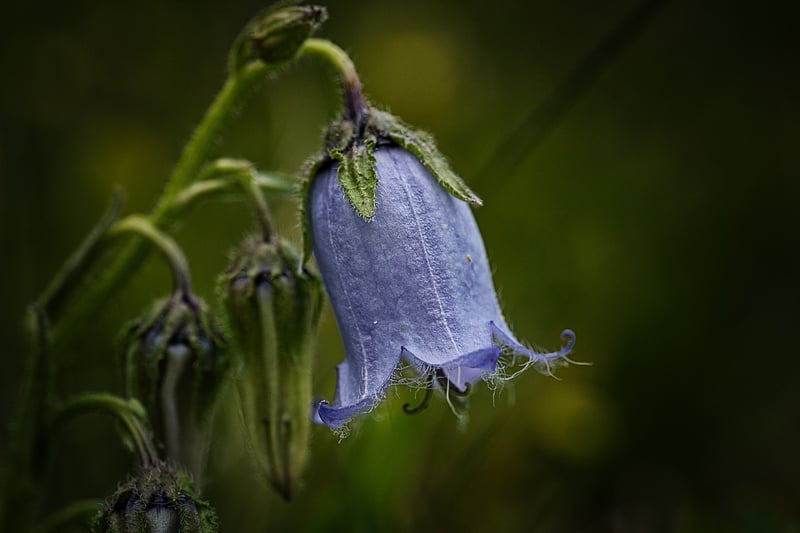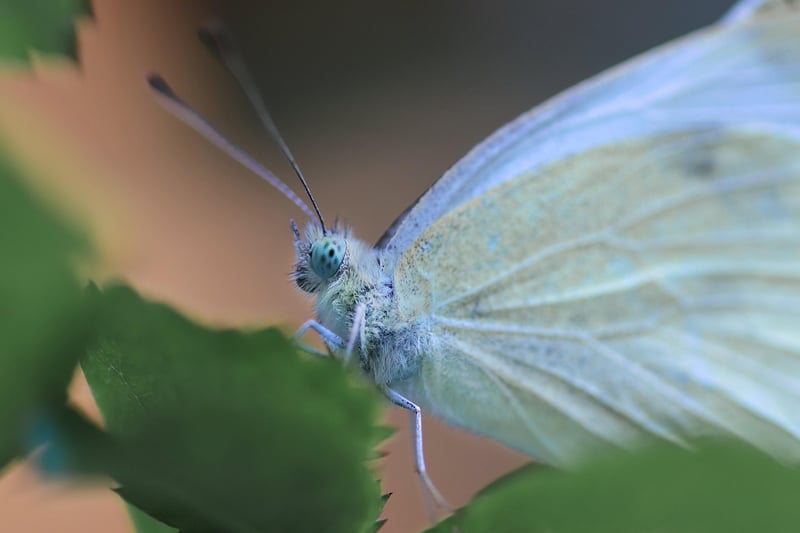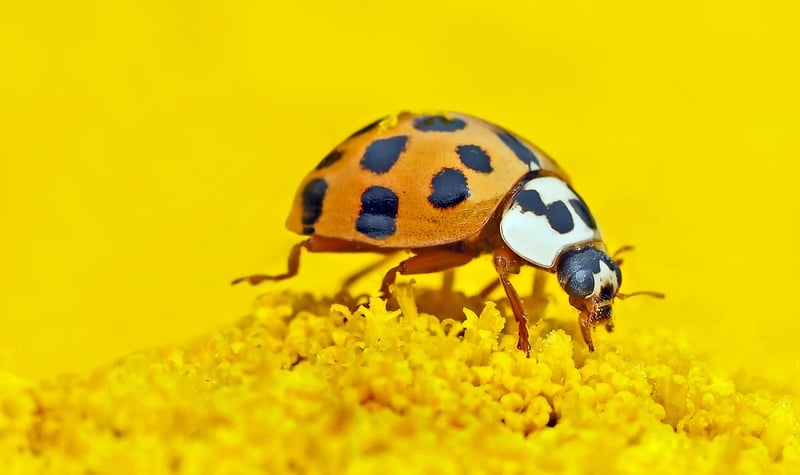Pollinator Habitats
Creating Habitats for Wildlife
The Importance of Wildlife Habitats
Wildlife habitats are essential for supporting biodiversity and maintaining balanced ecosystems. By creating suitable habitats, we can provide shelter, food, and breeding grounds for a variety of species, helping to ensure their survival.
Factors to Consider
When creating habitats for wildlife, it's important to consider the following factors:
- Food sources
- Water supply
- Shelter
- Breeding sites
- Protection from predators
Creating Pollinator Habitats
One crucial type of wildlife habitat is a pollinator habitat. Pollinators, such as bees, butterflies, and birds, play a vital role in our ecosystem by facilitating the reproduction of plants. Here are some tips for creating pollinator habitats:
1. Plant Native Flowers
Native flowers are well-adapted to the local environment and provide essential nectar and pollen for pollinators.
2. Provide Water Sources
Place shallow dishes of water with pebbles for pollinators to land on and drink safely.
3. Create Nesting Sites
Leave areas of bare ground or install bee hotels to provide nesting sites for pollinators.
4. Avoid Pesticides
Avoid using pesticides in your garden to protect pollinators from harmful chemicals.
Benefits of Pollinator Habitats
Creating pollinator habitats not only supports the survival of important species but also offers several benefits, including:
- Improved crop pollination
- Enhanced biodiversity
- Beautiful landscapes with vibrant flowers
- Increased awareness of environmental conservation
Conclusion
By creating habitats for wildlife, especially pollinators, we can contribute to the health of our environment and ensure the continuation of essential ecological processes. Start small by planting native flowers in your garden or community space to make a positive impact on local wildlife.


